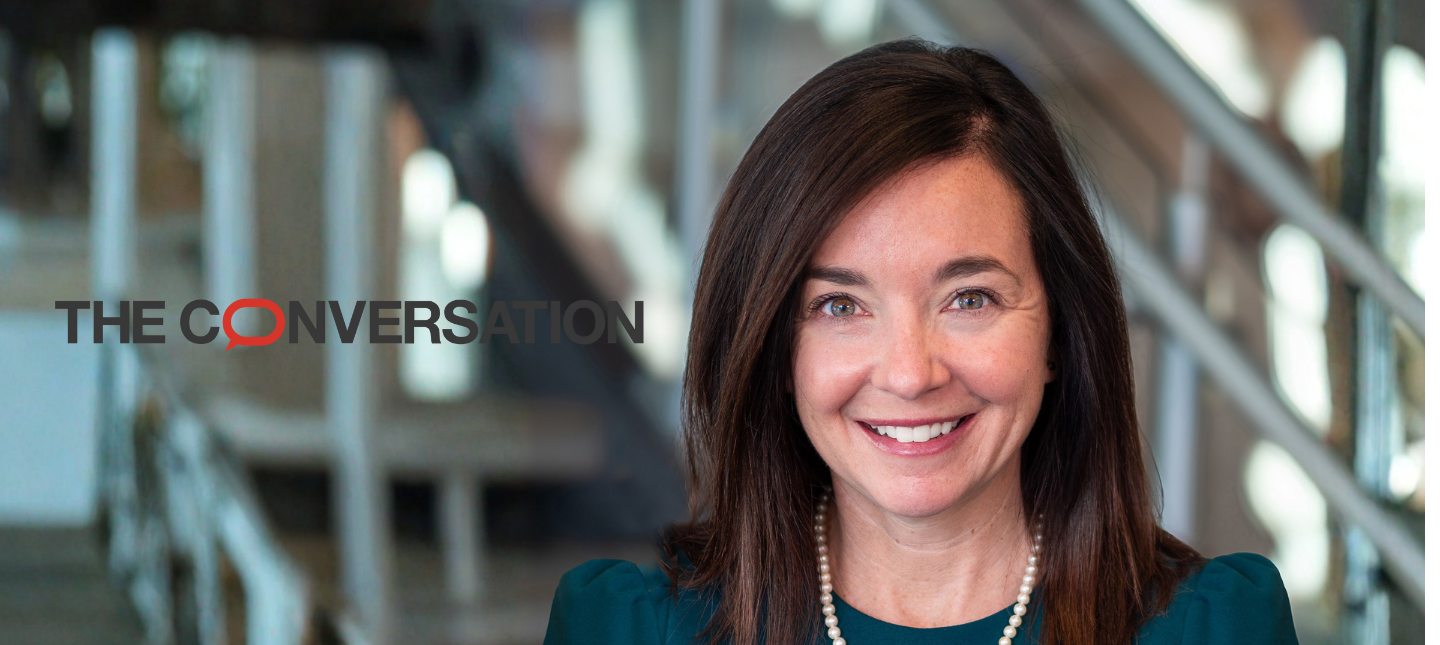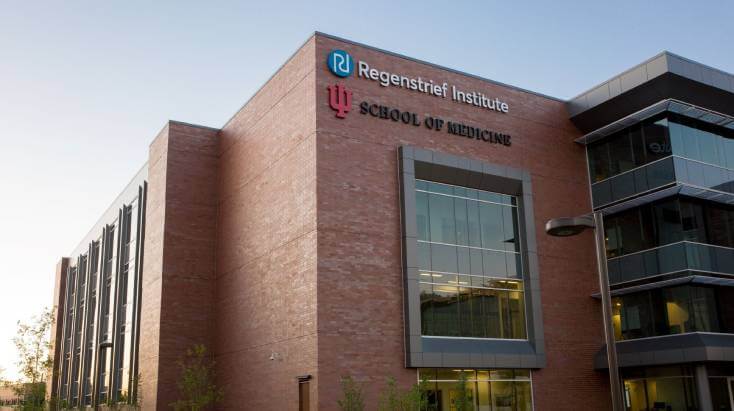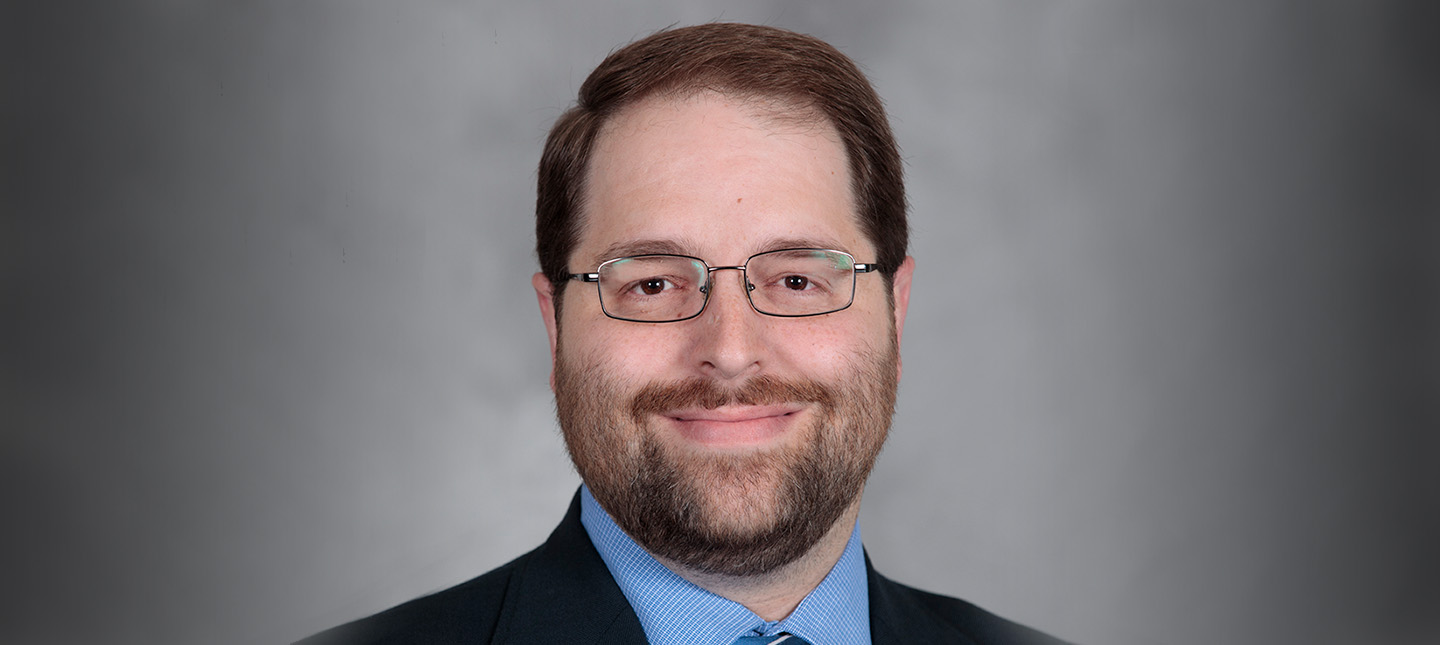Published in JAMA Network Open. Here is a link to the article.
Regenstrief Institute author: Rachel Patzer, PhD, MPH
Expanding access to the kidney transplant waiting list for the nearly 800,000 individuals with end-stage kidney disease (ESKD) is a major U.S. policy goal, especially given persistent gaps related to geography, race and socioeconomic status. Despite increasing numbers of patients being added to the list annually, the proportion relative to the ESKD population has declined from 17.7% in 2013 to 12.3% in 2021. In 2023, 44,560 new candidates were added, but only 27,332 transplants were performed—highlighting a gap between supply and demand. Without a proportional increase in available organs, expanded access may lengthen wait times, which already exceed three to 10 years in some areas.
Using simulation modeling, prior studies estimated that a 10% waiting list increase would add 4 months to median wait times; a 50% increase would add 20 months. To offset this, the U.S. would need to double deceased-donor kidney transplants (DDTs) or triple living-donor transplants (LDTs). Given historical trends, increasing DDTs is more feasible. From 2014 to 2023, DDTs grew 82%, while LDTs only rose 14%.
Despite innovations improving DDT utilization, nearly 25% of deceased-donor kidneys go unused due to quality or logistical issues. Reducing this nonuse remains a key opportunity. For LDTs, persistent barriers include financial concerns, health risks and lack of education—particularly in underserved communities. Legislation like the proposed National Living Donor Protection Act aims to mitigate such challenges but remains unpassed.
A dual approach—expanding waitlist access and increasing organ supply—is essential to meet the rising demand and sustainability in kidney transplantation.
Authors
David C. Cron, MD, MS1; Rachel E. Patzer, PhD, MPH2,3; Joel T. Adler, MD, MPH4
Author Affiliations
1Department of Surgery, Massachusetts General Hospital, Boston
2Department of Surgery, Indiana University School of Medicine, Indianapolis
3Regenstrief Institute, Indianapolis, Indiana
4Department of Surgery and Perioperative Care, Dell Medical School, University of Texas at Austin








